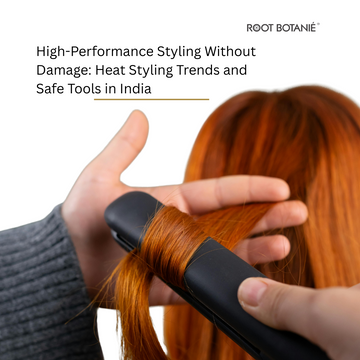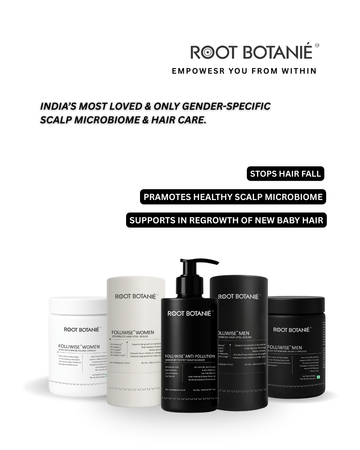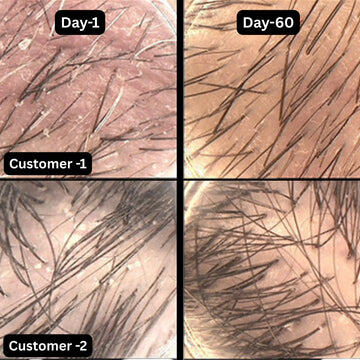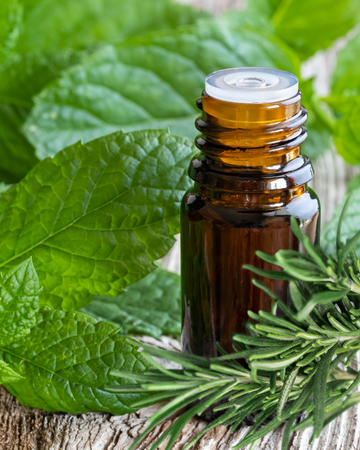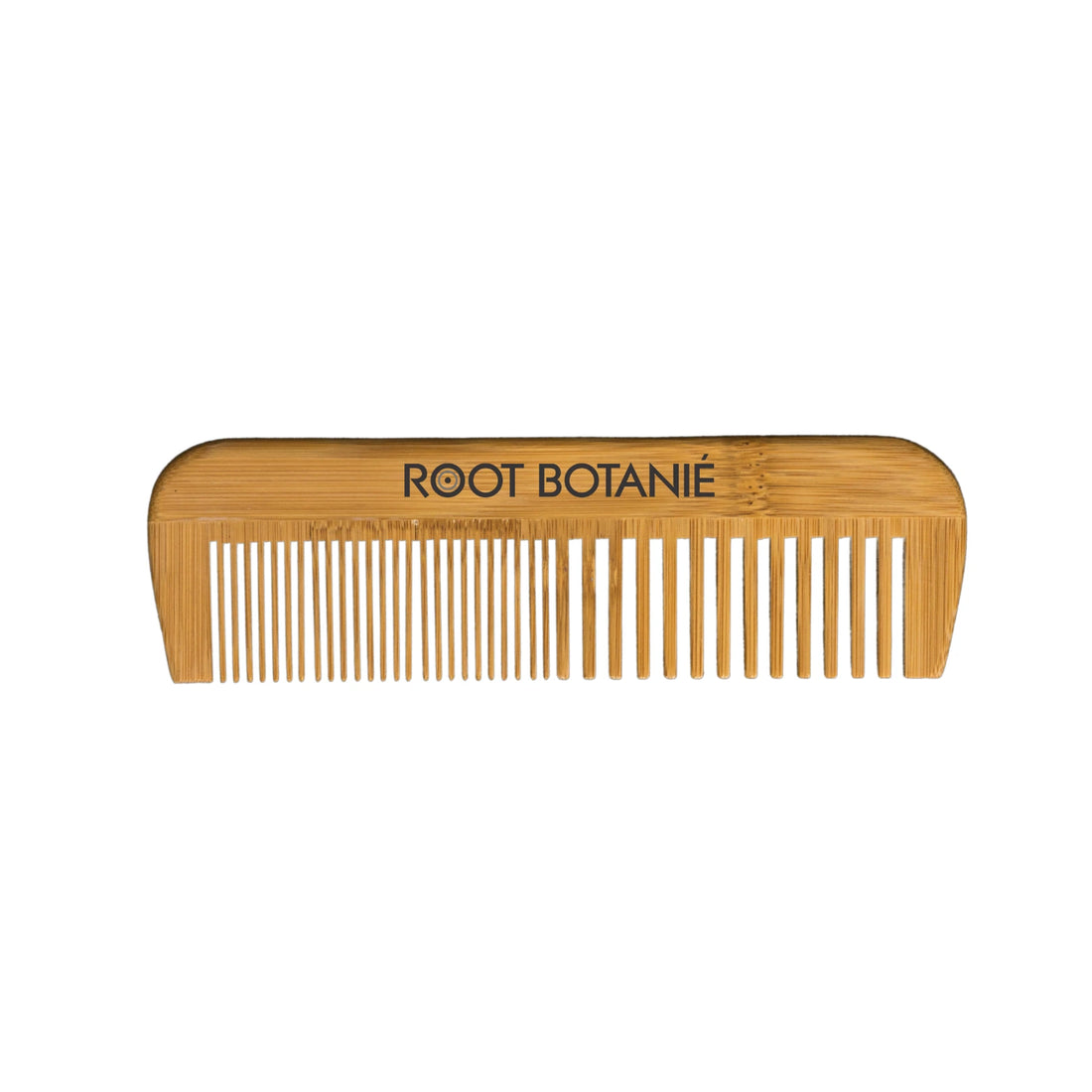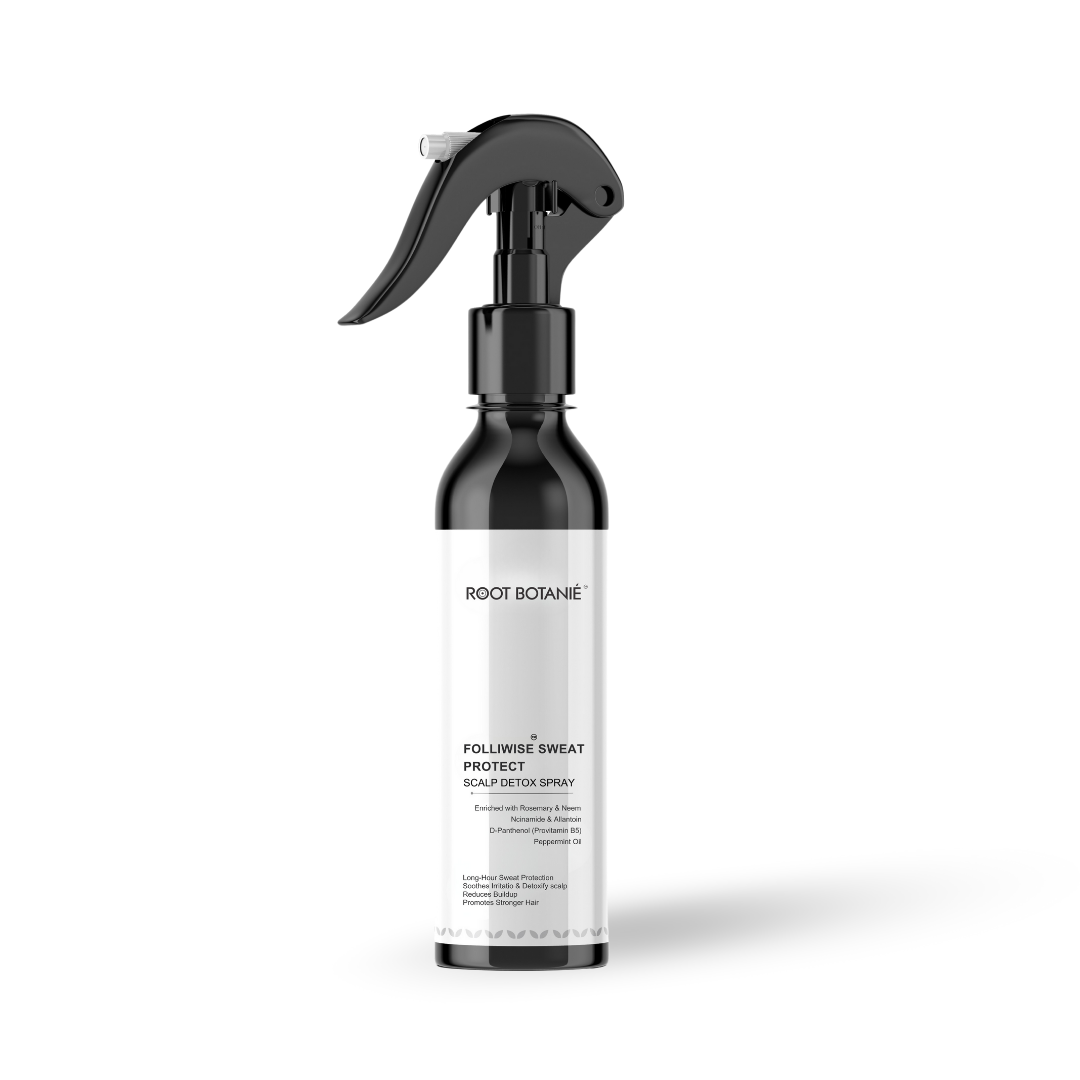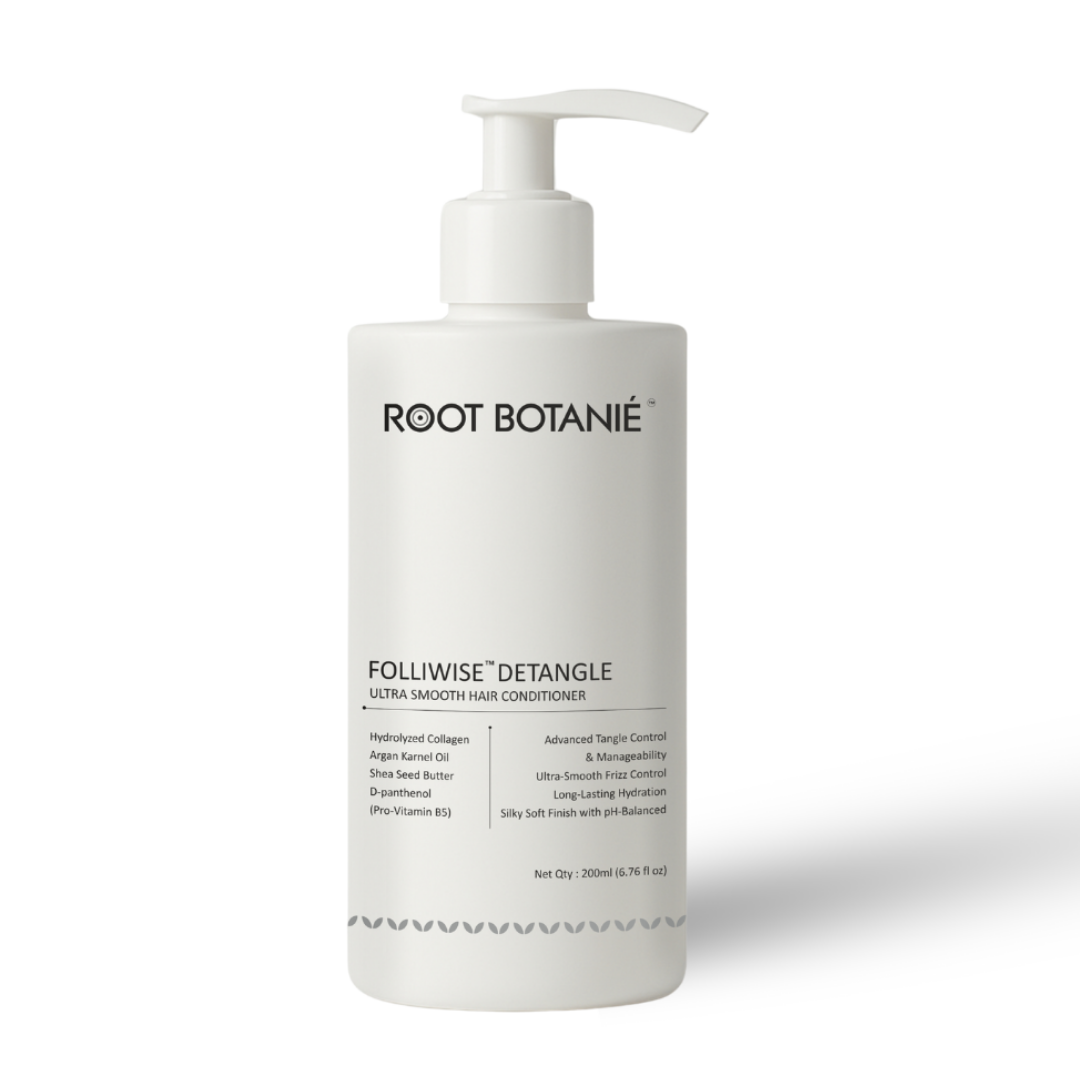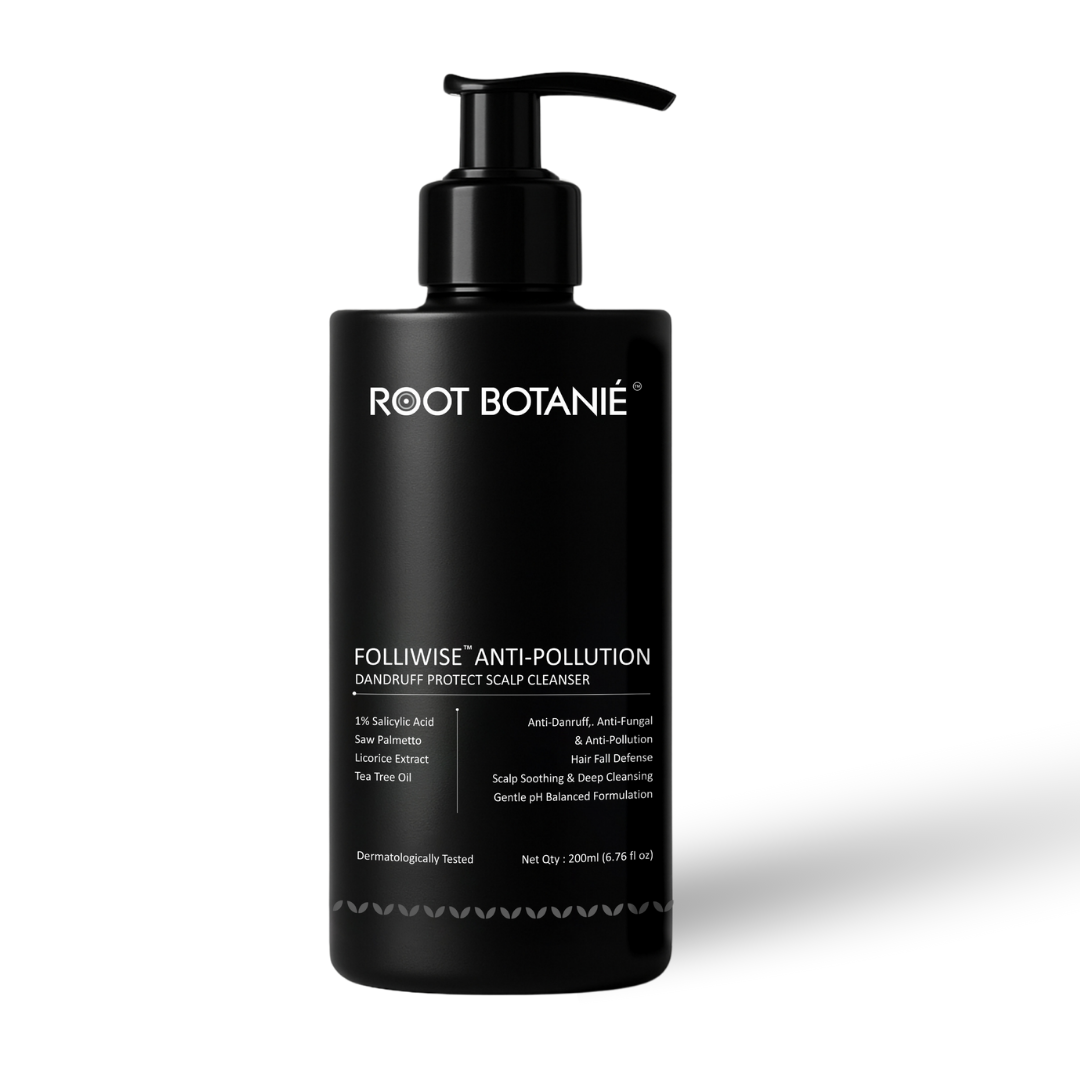Introduction
Heat styling has become an essential part of modern grooming in India—whether it’s sleek straight hair, soft curls, or voluminous blowouts. But with frequent use of flat irons, curlers, and blow dryers, many Indians face hair damage, dryness, split ends, and scalp stress.
In 2025, the focus is shifting towards high-performance styling with minimal damage. Thanks to advanced tools, heat-protective products, and dermatologist-backed tips, it’s now possible to achieve salon-like styles at home while preserving hair health.
Why Heat Styling Is a Double-Edged Sword
While styling tools enhance beauty and confidence, they also expose hair to extreme temperatures (180–230°C) that can weaken cuticles and dehydrate strands.
Common side effects include:
-
Hair breakage
-
Loss of shine
-
Frizz and roughness
-
Scalp sensitivity
That’s why the demand for damage-free styling is at an all-time high in India.
Heat Styling Trends in India 2025
1. Infrared & Ionic Technology
Modern straighteners and dryers use infrared heat and negative ions to lock in moisture and reduce static, leaving hair smooth and shiny.
2. Temperature-Controlled Tools
New-age styling tools come with digital temperature controls that adapt to your hair type (fine, thick, curly).
3. Heatless Styling Alternatives
From silk rods to flexible curlers, heatless curls and waves are trending among young Indians, especially for overnight styling.
4. Multi-Functional Styling Devices
All-in-one devices that straighten, curl, and volumize are gaining popularity—perfect for busy Indians who want versatility without multiple tools.
5. Ayurveda + Modern Protection
Hair serums and oils enriched with rosemary, argan, flaxseed, and aloe vera are being used as natural heat protectants.
Expert Tips for Safe Heat Styling
1. Always Use a Heat Protectant
Before styling, apply a serum or spray with niacinamide, argan oil, or plant proteins to shield strands from heat damage.
2. Choose the Right Temperature
-
Fine hair: 150–170°C
-
Medium hair: 170–190°C
-
Thick/curly hair: 190–210°C
Avoid maximum settings unless absolutely necessary.
3. Limit Frequency
Dermatologists recommend limiting heat styling to 2–3 times a week for minimal damage.
4. Don’t Style Wet Hair
Always towel-dry or air-dry first. Styling wet hair can cause instant cuticle damage.
5. Deep Conditioning Once a Week
A hydrating hair mask with flaxseed gel, shea butter, and bhringraj helps restore moisture lost due to heat exposure.
Best Styling Tools for Indian Hair in 2025
-
Dyson Airwrap alternatives with lower heat airflow
-
Ceramic or tourmaline straighteners with ionic technology
-
Digital hair dryers with cold-shot functions for scalp protection
-
Wide-plate straighteners for thick Indian hair
Conclusion: Styling Smart for Healthier Hair
Heat styling no longer has to mean damaged, lifeless hair. With modern tools, protective products, and mindful routines, Indians can now enjoy flawless hairstyles without compromising scalp or strand health.
And that’s where Root Botanie makes the difference. 🌿
As India’s first gender-specific scalp microbiome care brand, Root Botanie not only focuses on scalp wellness but also provides products enriched with Ayurvedic herbs, Since backed patented Actives, and natural protectants that strengthen roots and shield hair against damage caused by pollution, stress, and yes—heat styling.
With Root Botanie, you don’t have to choose between style and scalp health—you can have both.
FAQs
Q1: Is daily heat styling safe for Indian hair?
A: No, frequent heat styling can weaken cuticles and increase hair fall. Limit it to 2–3 times a week with proper protection.
Q2: Which natural ingredients protect hair from heat?
A: Argan oil, flaxseed extract, rosemary, and aloe vera are great natural heat shields.
Q3: What’s the best heat styling tool for beginners?
A: A ceramic flat iron with adjustable temperature settings is ideal for safe, easy styling.
Q4: Do men need heat protection too?
A: Absolutely. Men using blow dryers or styling tools should also use gender-specific scalp and hair protectants like those from Root Botanie.
